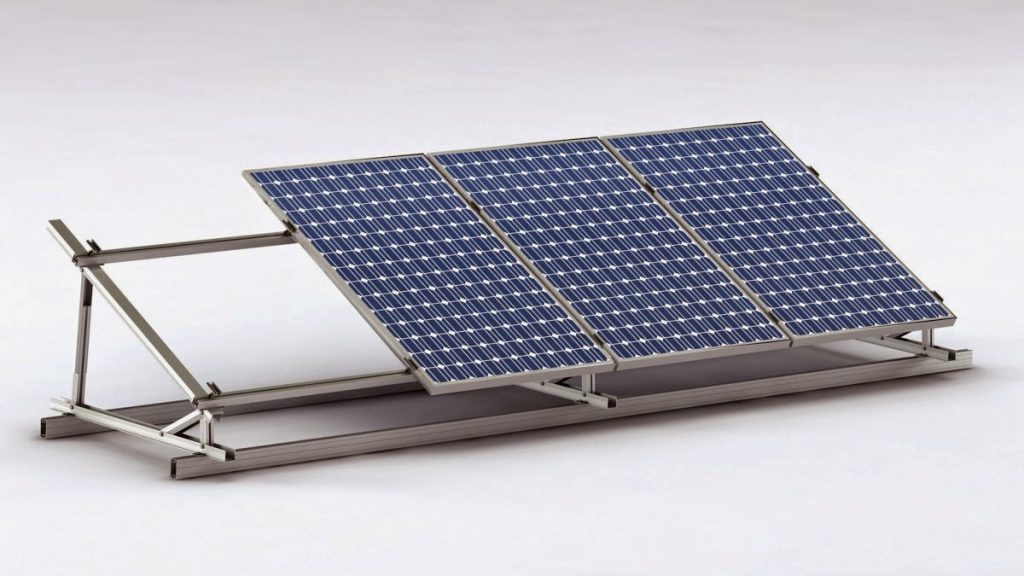
Navigating Solar System Prices: A Strategic Approach
Embarking on the journey of adopting solar energy involves a crucial consideration: understanding solar system prices. It’s not just about upfront costs but a strategic investment that requires careful navigation to ensure both economic and environmental benefits.
Decoding Upfront Costs: Understanding the Price Structure
Solar system prices encompass various components, from solar panels and inverters to mounting systems and electrical components. Unraveling the intricacies of upfront costs involves understanding the price structure and evaluating the quality of each component. It’s an investment that goes beyond the initial price tag and focuses on long-term value.
Economic Wisdom: Assessing Return on Investment (ROI)
Investing in solar is akin to planting a seed for future savings. While the initial costs may seem substantial, assessing the return on investment (ROI) is key. Solar system prices, when viewed through an economic lens, reveal a promising picture of reduced energy bills and potential incentives, contributing to long-term financial savings for homeowners and businesses.
Quality Matters: The Impact of Component Quality on Prices
The saying “you get what you pay for” holds true in the solar industry. Cutting corners on component quality may reduce upfront costs, but it can compromise the system’s performance and longevity. Understanding the impact of component quality on solar system prices is essential for making informed decisions that balance cost-effectiveness with reliability.
Pudacanmanel.com: Your Guide to Solar System Price Wisdom
For those delving into the intricacies of solar system prices, Pudacanmanel.com serves as a guide. The platform offers insights into factors influencing solar prices, expert advice on navigating the market, and resources to help individuals and businesses make informed decisions. Explore the website for a wealth of information tailored to your solar exploration.
Incentives and Rebates: Exploring Financial Support
Governments and utilities often offer incentives and rebates to encourage solar adoption. Understanding the landscape of available financial support is crucial in navigating solar system prices. These incentives can significantly offset upfront costs, making solar more accessible and aligning with broader sustainability goals.
Size Matters: Tailoring Solar Systems to Energy Needs
The size of a solar system plays a pivotal role in determining prices. Tailoring the system size to match specific energy needs ensures an efficient and cost-effective investment. Oversized systems may incur unnecessary expenses, while undersized systems may not meet the desired energy production goals. Finding the right balance is key.
Installation Complexity: Impact on Labor and Installation Costs
The complexity of the installation process influences labor and installation costs. Factors such as roof type, accessibility, and local regulations can impact the overall installation expenses. Understanding the variables that contribute to installation costs is essential for accurately assessing the total investment required.
Maintenance Considerations: Factoring in Long-Term Costs
While solar systems generally have low maintenance requirements, factoring in long-term maintenance costs is crucial. Quality components and proper installation contribute to system durability, minimizing maintenance expenses over the system’s lifespan. Understanding the long-term cost implications adds another layer to the strategic evaluation of solar system prices.
Environmental Impact: The Intrinsic Value of Clean Energy
Beyond the economic considerations, solar system prices hold intrinsic value in contributing to environmental sustainability. The adoption of solar energy reduces reliance on conventional power sources, mitigating carbon footprints and contributing to a cleaner and greener future. Understanding the environmental impact adds a holistic dimension to the assessment of solar system prices.
Navigating solar system prices is not a one-size-fits-all endeavor. It’s a strategic journey that involves considering various factors, from component quality to long-term savings and environmental impact. By approaching solar system prices with a comprehensive understanding, individuals and businesses can make informed decisions that align with their energy goals and contribute to a sustainable future.
